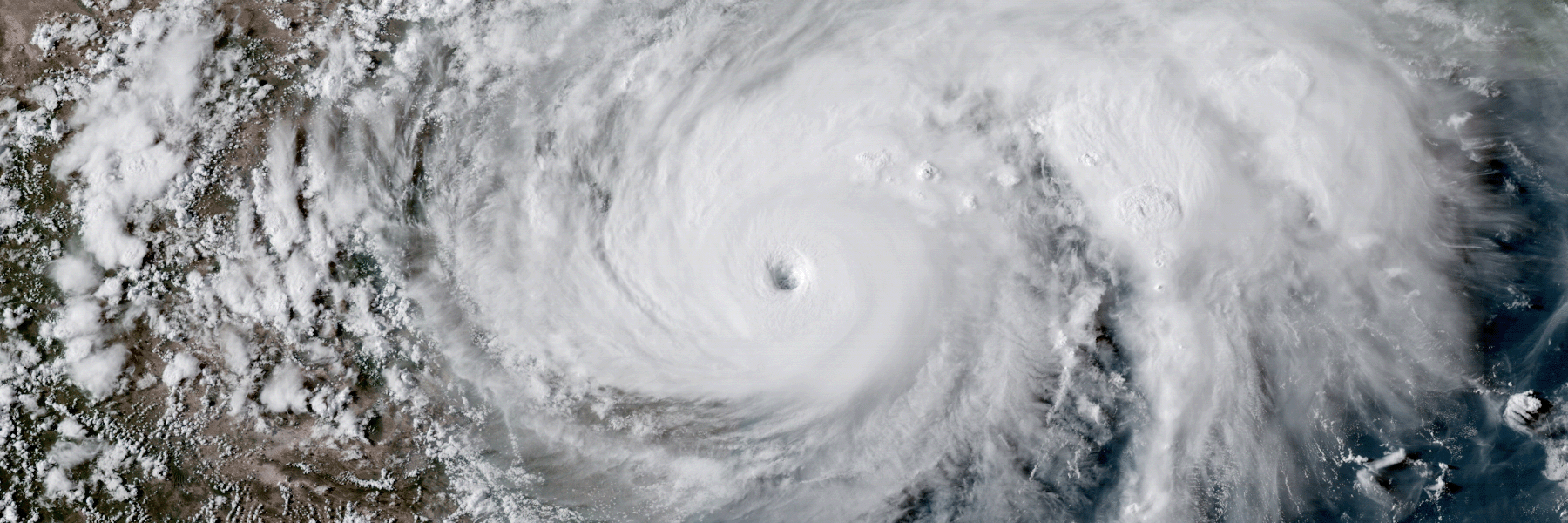“Overlapping Windows” – A new method for assimilating observations hourly in the U.S. Global Forecast System

Every six hours, the US Global Forecast System is reinitialized using satellite, aircraft, and in situ observations through a process called “data assimilation”. However, updating every six hours may not be frequent enough to capture fast-moving storms such as hurricanes. In a study led by CIRES and the Physical Sciences Laboratory and published in Monthly Weather Review, researchers explore the possibility of updating the Global Forecast System every hour. A significant challenge to rapid global updates is observational data latency, or the delay between when an observation is taken and when it is available to be assimilated. In the study, two methods to overcome this challenge are developed and tested in a near-operational system. Results show that one method, termed “overlapping windows”, performs as well as or better than a comparable 6-hourly cycling system, suggesting that more information is extracted from observations by assimilating them every hour instead of every 6 hours.

“Overlapping windows” provides a viable method to assimilate observations hourly in the Global Forecast System. An hourly-cycled system yields smaller short-term forecast errors, relative to in-situ wind and temperature observations, than a 6-hourly-cycled system. The results suggest that observations are used more effectively by assimilating them more frequently than is currently done.
This study is a crucial step in the process of increasing the frequency of updates in the operational global forecast system, which could lead to better forecasts of hurricanes, continental storms over the U.S., and atmospheric river phenomena over the Pacific.
Laura C. Slivinski (PSL/CIRES), Donald E. Lippi, Jeffrey S. Whitaker (PSL), Guoqing Ge, Jacob R. Carley, Curtis R. Alexander, and Gilbert P. Compo (PSL/CIRES) (June 2022): Overlapping Windows in a Global Hourly Data Assimilation System. Mon. Wea. Rev., https://doi.org/10.1175/MWR-D-21-0214.1.
Posted: January 25, 2023